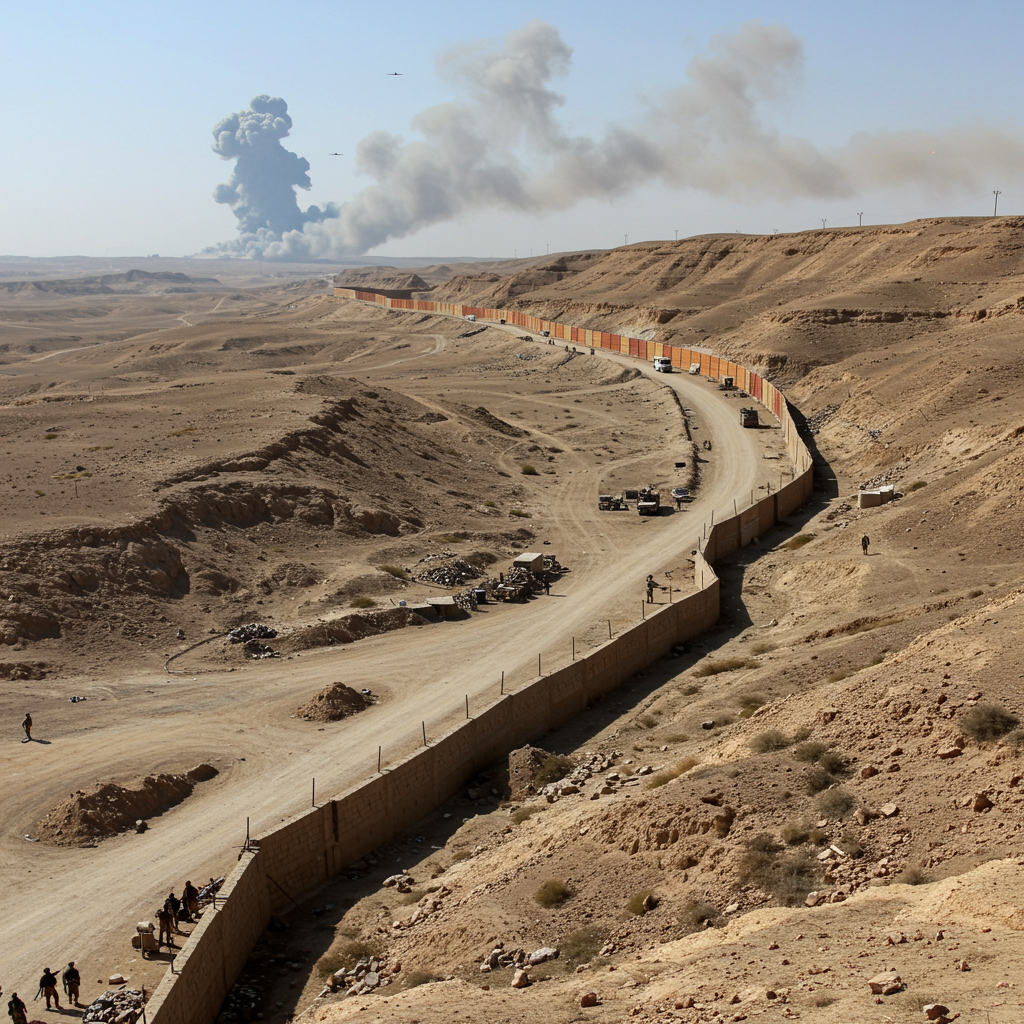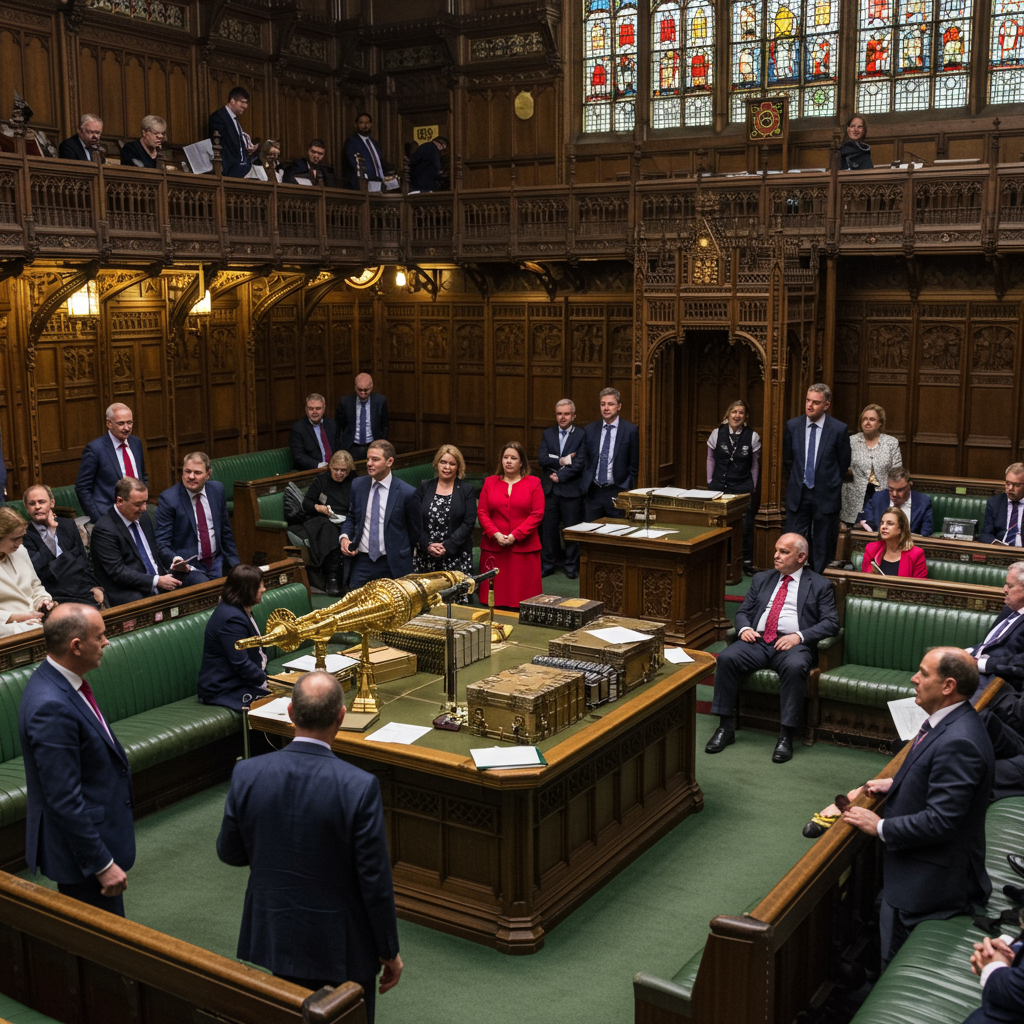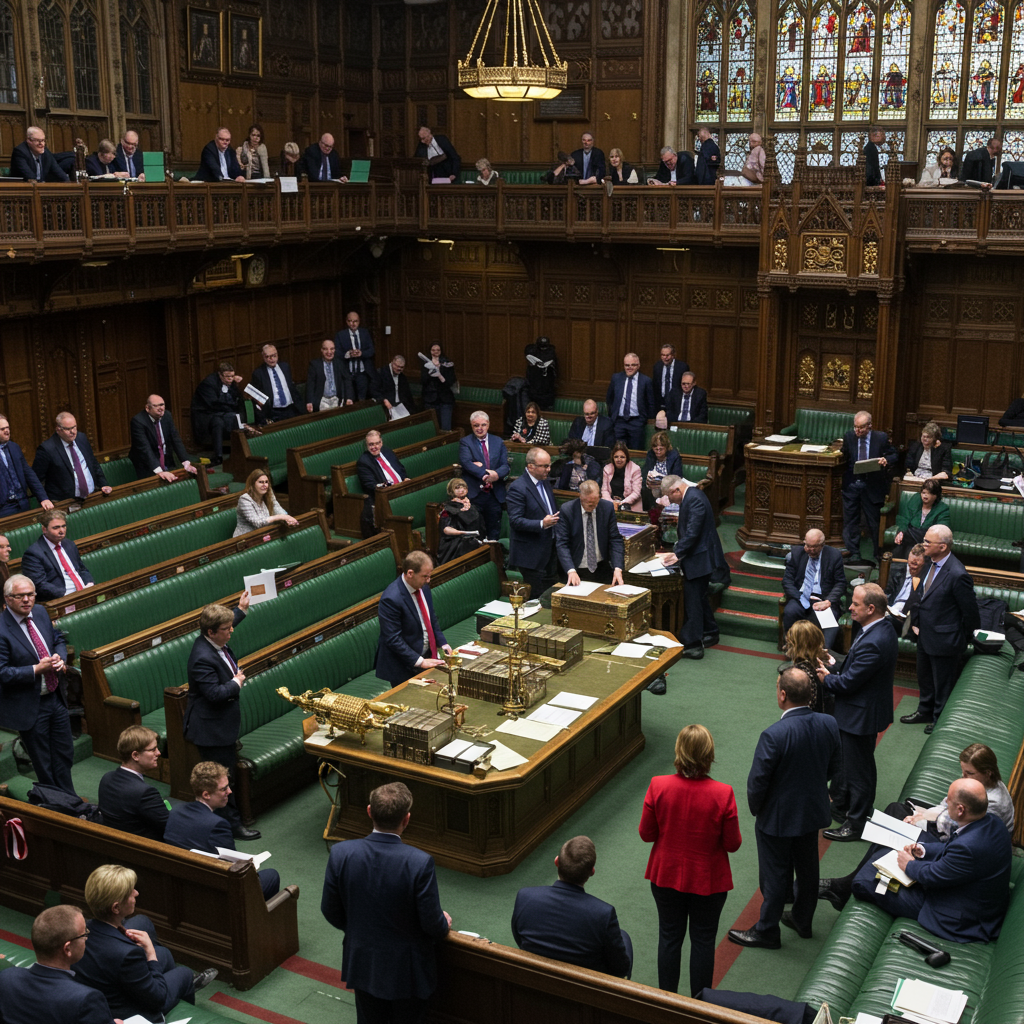Escalating violence along the Afghanistan-Pakistan border has ignited widespread concern, resulting in dozens of casualties and a fragile, temporary ceasefire. This latest surge in cross-border hostilities marks the most intense fighting between the two nations since the Taliban’s resurgence in Kabul in 2021. The conflict saw Pakistan launch retaliatory airstrikes deep into Afghan territory, targeting locations in Kandahar province and the capital, Kabul, following alleged unprovoked attacks. Both sides quickly accused the other of instigating the deadly clashes, underscoring deep-seated mistrust and raising fears of broader regional instability.
A Week of Intense Cross-Border Conflict and Retaliation
The recent period of severe violence flared dramatically after earlier, equally deadly skirmishes over the preceding weekend. On Tuesday evening, fresh clashes erupted, reportedly initiated by alleged “unprovoked fire” from the Afghan Taliban on major border posts. These posts were located near Pakistan’s Kurram district and the vital Chaman-Spin Boldak crossing. In response, Pakistan’s military deployed mortar fire and drone strikes, asserting they had killed 20 Taliban fighters. Pakistani security sources further confirmed that the air force conducted targeted strikes on Taliban forces’ headquarters in Kandahar province, where the initial cross-firing reportedly originated, and on specific targets within Kabul.
The Afghan Taliban, however, presented a starkly different narrative. They claimed Pakistan had “once again” launched aggressive attacks, resulting in the deaths of over a dozen Afghan civilians and injuring 100 more, particularly in the Spin Boldak district. They also reported killing several Pakistani soldiers and seizing multiple border posts. Pakistan vehemently rejected these counter-claims as “outrageous and blatant lies.” Civilian fatalities were reported on both sides, painting a grim picture of the human cost of the escalating conflict.
Civilian Lives Caught in the Crossfire
The impact on civilian populations has been devastating, particularly in the border regions. The Pakistani city of Chaman, just miles from the frontier, bore the brunt of heavy shelling from the Afghan side. Eyewitnesses described a terrifying ordeal; Naqeeb Ullah, a Chaman resident living just over a mile from the border, recounted how the sky was “lit up with shelling and gunfire until the morning.” He added that “the sounds were so loud that it felt like it was happening in front of our house; all our doors and windows were shaking from the impact.”
Tragically, civilian casualties included a family of two or three killed in the attacks, and an 11-year-old child badly injured. A local school close to the border was also reportedly destroyed. Images emerging from the region showed significant damage to the “friendship gate” at the Chaman-Spin Boldak crossing, which remained closed for the day. Hundreds of people were forced to flee their homes in Pakistani border villages overnight, seeking safer ground. Residents in Kandahar province also reported mass displacement from border areas as the fighting intensified. Dawood Achakzai, another Chaman resident, described being woken at 3 AM by “heaving shelling and mortar fire,” noting that “the firing and shelling shook the city, people here have been terrified.”
Deep-Rooted Tensions and Accusations
The recent surge in Afghanistan-Pakistan border clashes is a symptom of a deeply fractured relationship, despite historical ties. Pakistan had long maintained a supportive stance towards the Afghan Taliban, even sheltering many of its leaders after the US invasion of Afghanistan and backing their return to power in 2021. However, this amicable relationship has severely deteriorated. Islamabad now adamantly accuses Kabul of providing sanctuary to the Tehreek-e-Taliban Pakistan (TTP), a militant group responsible for a rising number of deadly attacks within Pakistan.
Pakistan alleges that the Afghan Taliban leadership shelters TTP members, ignores their training camps in Afghanistan, and supplies them with finance and arms. These claims are consistently denied by Kabul. This contentious issue gained significant prominence following suspected Pakistani strikes on Afghan soil last week, including in Kabul, which were widely believed to target TTP camps and leadership. Pakistan has neither confirmed nor denied its involvement in those earlier strikes. In turn, the Taliban accuses Pakistan’s military of conspiring against Afghanistan, spreading misinformation, deliberately provoking border tensions, and even sheltering ISIS-linked militants to destabilize Afghanistan. Pakistan’s military refutes these counter-charges, pointing to attacks within its territory carried out by ISIS-K (Islamic State Khorasan), a regional affiliate of the Islamic State group, which is an adversary of the Taliban.
The Economic Toll of Border Closures
Beyond the immediate human cost, the escalating conflict has had tangible economic consequences. Several crucial border crossings, including the significant Chaman-Spin Boldak point, were closed due to the violence. This brought cross-border trade to a standstill, leaving numerous vehicles laden with goods stranded. This situation has significant implications for landlocked Afghanistan, which relies heavily on Pakistan as its primary conduit for goods and essential food supplies. The disruption exacerbates economic vulnerabilities in an already impoverished nation.
A Fragile Ceasefire: A Temporary Pause or Genuine Progress?
By Wednesday night, a temporary 48-hour ceasefire was declared, effective from 6 PM local time (1300 GMT). Both nations confirmed the truce, though with contrasting narratives regarding its initiation. Pakistan’s Ministry of Foreign Affairs stated the agreement was made at the “explicit request of the Afghan Taliban government,” with the objective to “sincerely strive to find a positive solution to this complex but solvable issue” through constructive dialogue. Conversely, the Afghan Taliban spokesperson asserted the ceasefire was implemented “at the request of the Pakistani side,” directing their forces to observe it unless violated by Pakistan.
This agreement emerged mere hours after Pakistan’s precision strikes in Kandahar and Kabul, which Pakistan’s inter-services public relations (ISPR) characterized as retaliatory. The ISPR claimed these operations successfully destroyed hideouts belonging to Taliban’s battalion headquarters and border brigades in Kandahar, emphasizing that targets were “meticulously selected, isolated from civilian populations, and successfully destroyed.” Despite the truce, Pakistan’s Defence Minister, Khawaja Asif, had earlier described the relationship as a “stalemate” within a “hostile” environment, cautioning that hostilities could resume “at any time.”
Regional Stability on the Brink
The resumption of deadly Afghanistan-Pakistan border clashes and airstrikes pushes these two neighbors closer to direct conflict than they have been in years. This situation has ignited widespread fears of wider regional instability. The international community has expressed significant concern following the clashes. China urged protection for its citizens and investments in the region, while Russia called for restraint from both sides. Notably, former US President Donald Trump even offered to mediate an end to the conflict.
This heightened tension also coincided with Afghan Taliban Foreign Minister Amir Khan Muttaqi’s inaugural visit to India, Pakistan’s historical rival. During this visit, India and Afghanistan announced an upgrade in their diplomatic ties, with New Delhi committing to reopen its embassy in Kabul and the Afghan Taliban planning to send diplomats to India. These developments add another layer of complexity to the already intricate geopolitical dynamics of South Asia, highlighting the delicate balance of power and alliances in the region. The fragility of the current ceasefire underscores the profound mistrust and volatile security situation that plagues the relationship between Pakistan and Afghanistan, with far-reaching consequences for millions.
Frequently Asked Questions
What caused the recent escalation of Afghanistan-Pakistan border clashes?
The recent escalation stems from deeply entrenched accusations between Pakistan and the Afghan Taliban. Pakistan alleges that the Afghan Taliban provides sanctuary and support to the Tehreek-e-Taliban Pakistan (TTP), a militant group responsible for increasing attacks within Pakistan. The latest violence was triggered by alleged “unprovoked fire” from the Afghan Taliban on Pakistani border posts, prompting retaliatory airstrikes by Pakistan. Conversely, the Afghan Taliban accuses Pakistan of launching unprovoked attacks and of sheltering ISIS-linked militants to destabilize Afghanistan, claims Pakistan denies.
How have these border clashes impacted civilians and cross-border trade?
The impact on civilians has been severe, with dozens killed and many wounded on both sides. Residents in border areas like Chaman and Spin Boldak experienced intense shelling and gunfire, leading to mass displacement as hundreds fled their homes. Essential infrastructure, including a local school and the “friendship gate” at a key crossing, sustained significant damage. Furthermore, the conflict led to the closure of vital border crossings, bringing cross-border trade to a standstill. This disruption severely affects landlocked Afghanistan, which relies heavily on Pakistan for goods and food supplies.
What are the long-term implications of the ongoing Afghanistan-Pakistan border tensions for regional stability?
The ongoing tensions pose a significant threat to regional stability, pushing Pakistan and Afghanistan closer to conflict than in years. The unresolved issue of militant sanctuaries, coupled with historical mistrust and competing narratives, creates a volatile environment. International powers like China, Russia, and the US have expressed concern, highlighting the potential for broader geopolitical ramifications. The fragile ceasefire offers a temporary reprieve, but without a lasting solution through dialogue, the risk of renewed and potentially more destructive clashes remains high, impacting not only the two nations but the wider South Asian region.
In conclusion, the recent deadly Afghanistan-Pakistan border clashes represent a critical flashpoint in an already strained relationship. While a temporary ceasefire offers a brief respite, the underlying issues—primarily accusations of militant sanctuaries and cross-border aggression—remain unresolved. The human cost has been significant, and the economic impact on an already vulnerable Afghanistan is considerable. As both nations navigate this complex geopolitical landscape, the path forward will require sincere diplomatic efforts to prevent further escalation and foster stability in a region already grappling with numerous challenges. The international community watches closely, hoping for a sustainable resolution to these dangerous tensions.




